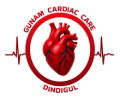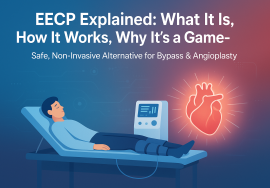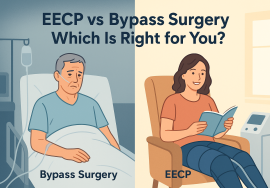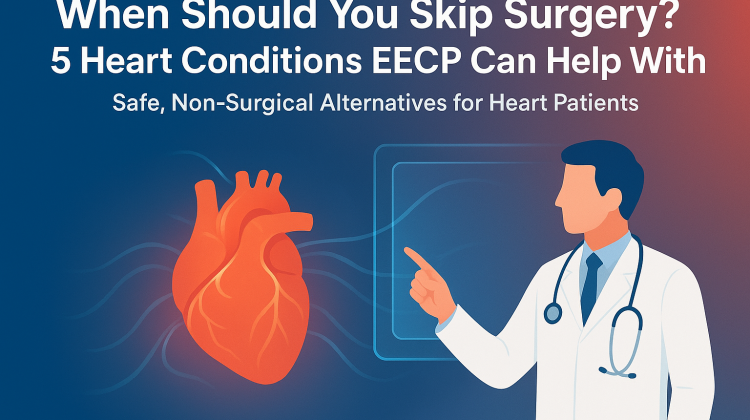
When Should You Skip Surgery?
When Should You Skip Surgery?
5 Heart Conditions EECP Can Help With
Not every chest pain or blocked artery demands surgery. Many patients are told that bypass or angioplasty is the only way out—but modern medicine offers another path. EECP therapy has emerged as both an alternative for bypass treatment and an alternative for angioplasty, giving patients safe, non-surgical relief. Let’s look at five heart conditions where EECP can make a real difference.

1. Stable Angina (Chronic Chest Pain)
When chest pain limits daily life but blockages aren’t life-threatening, EECP can reduce symptoms by improving blood flow. Many patients find it easier to walk, climb stairs, and live without constant discomfort—without surgical risks.
2. Early Heart Failure Symptoms
Shortness of breath, swelling in the legs, or quick fatigue can indicate heart failure. EECP therapy enhances circulation, supporting the heart’s pumping function and easing symptoms for patients not yet ready for invasive surgery.
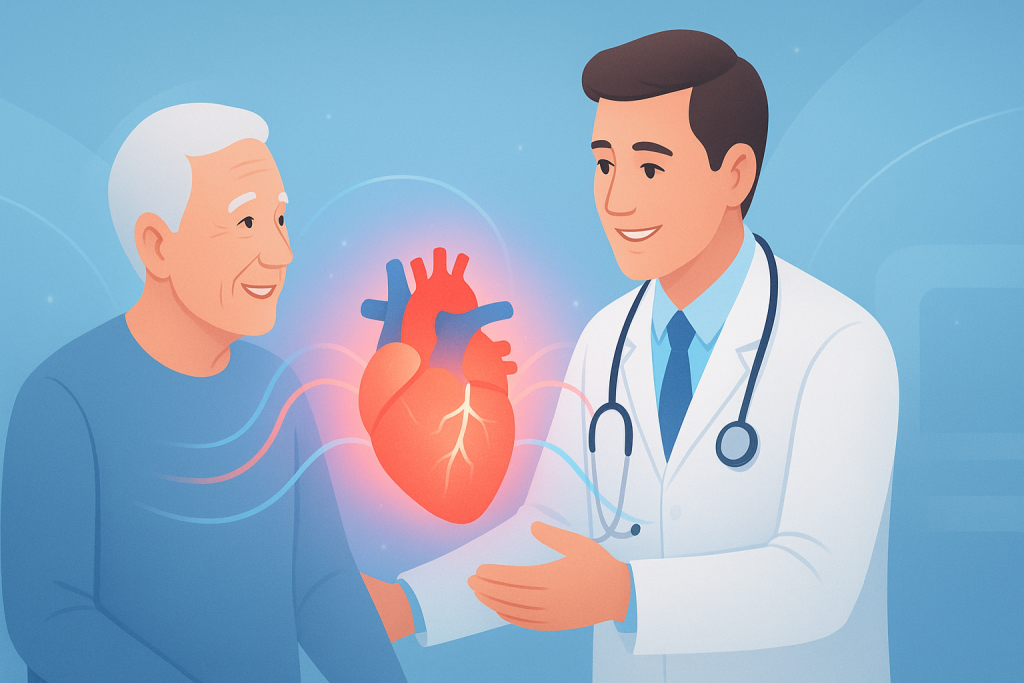
3. Patients With Multiple Blockages
Bypass or angioplasty may not always work for complex blockages. EECP helps the body grow its own new blood vessels to bring oxygen to areas of the heart that need it. In such cases, it becomes a practical alternative for angioplasty and a safer route than repeat surgeries.
4. Reperfusion Support After a Mild Heart Attack
After recovery from a heart attack, EECP sessions can help restore blood flow and strengthen weak areas of the heart. It’s a way to rehabilitate without facing additional invasive procedures.

5. High-Risk Surgical Candidates
Elderly patients, those with diabetes, or people with kidney disease often face dangerous complications with open-heart surgery. For them, EECP is not only safer but often the only realistic alternative for bypass treatment when doctors advise against surgery.
Setting Real Expectations
EECP is not a replacement for emergency care in the middle of a heart attack. Instead, it’s about long-term relief, prevention, and improving quality of life. For many, it’s the right alternative for angioplasty—avoiding the cost, recovery, and fear of surgical interventions.
Final Thought
If you’ve been told surgery is your only option, it’s worth asking: “Is there another way?” EECP demonstrates that a non-invasive approach can be an effective method for safeguarding cardiac health. For patients seeking modern, non-surgical solutions, EECP offers hope, healing, and a future free from unnecessary risks.
